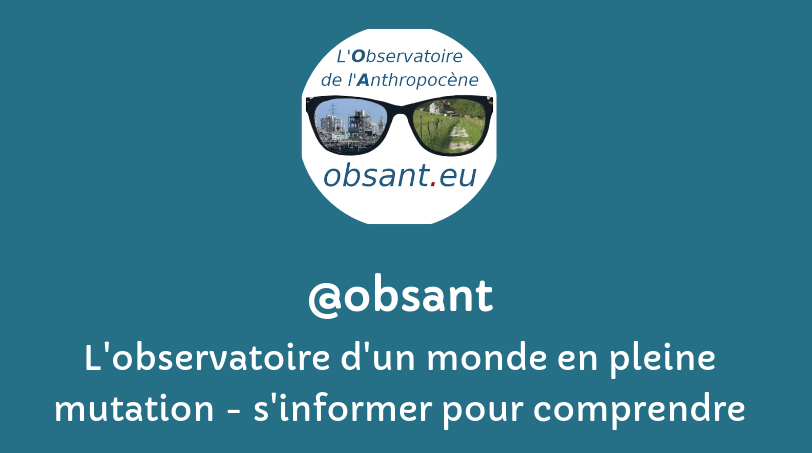Les champs auteur(e)s & mots-clés sont cliquables. Pour revenir à la page, utilisez le bouton refresh ci-dessous.
filtre:
risque
Existential Risk and Global Catastrophic - Risk: A Review
This article examines the technocentric bias that characterizes climate mitigation literature, focusing on the reports of the IPCC's Working Group III. This bias stems from structural features of the scientific field that prioritizes innovation, leading to the overrepresentation of technological solutions in climate research. Funding mechanisms further reinforce this tendency by incentivizing collaboration with industrial R&D, creating a self-reinforcing loop in which scientific authority and industrial interests converge. The IPCC's institutional positioning—as a policy-relevant yet politically cautious body—amplifies this dynamic by favoring allegedly “cost-effective” technological pathways that lack practical feasibility.
The constant deluge of bad news about rising global temperatures and their impacts can make it feel like the world is ending. Is it?
Mark Lynas has spent decades pushing for action on climate emissions but now says nuclear war is even greater threat Climate breakdown is usually held up as the biggest, most urgent threat humans pose to the future of the planet today. But what if there was another, greater, human-made threat that could snuff out not only human civilisation, but practically the entire biosphere, in the blink of an eye?
Larry Page. The name instantly evokes Google. He co-founded the search engine that reshaped how we explore the web. Now, whispers suggest he’s pivoting to AI manufacturing.Two publications lit the match: Tech in Asia and The Hindu. Both allege Page quietly built a team of robotics and data-savvy wizards. The result? A stealthy startup aimed at merging artificial intelligence with factory floors. The company’s identity remains hidden. Yet the words “AI manufacturing” capture attention. Manufacturing is massive, vital, and often riddled with inefficiencies. If Page wants to optimize it, the outcome could be game-changing.
An updated threat assessment warns of the consequences of a divided NATO and an absent U.S.
Every December, people ask us how severe the year’s extreme weather events were. To answer this question, we’ve partnered with Climate Central to produce a report that reviews some of the most significant events and highlights findings from our attribution studies. It also includes new analysis looking at the number of dangerous heat days added by climate change in 2024 and global resolutions for 2025 to work toward a safer, more sustainable world.
This innovative and comprehensive collection of essays explores the biggest threats facing humanity in the 21st century; threats that cannot be contained or controlled and that have the potential to bring about human extinction and civilization collapse. Bringing together experts from many disciplines, it provides an accessible survey of what we know about these threats, how we can understand them better, and most importantly what can be done to manage them effectively.
How do researchers gauge the probability and severity of nuclear war? Catastrophic risk expert Seth Baum explains.
If you weigh up the long-term impact of catastrophes on future generations, it is hard not to see their prevention as one of our greatest priorities, argues Seth Baum.
The growing threat of abrupt and irreversible climate changes must compel political and economic action on emissions.
abs_empty
![]()



